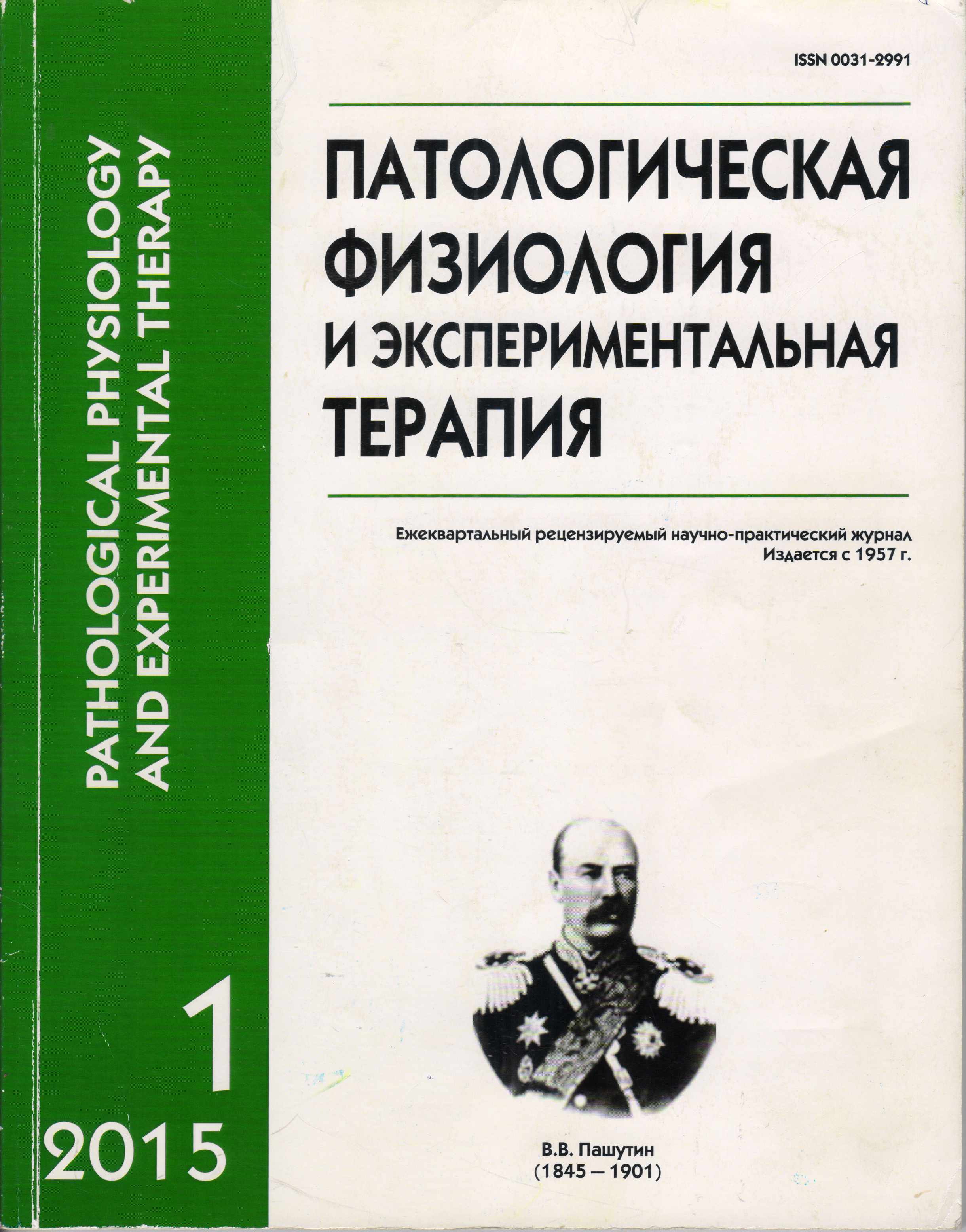Genetic features of nitric oxide generating systems predetermine the body`s resistance to the development of carcinoma
Keywords:
C57BL/6N, C57BL/6J, M1 and M2 phenotype, macrophages, NO, NO traps, NO donor, NOS inhibitors, Ehrlich carcinoma, tumor
Abstract
Predisposition to tumors is often determined by how effectively the genotype of an individual forms an immune defense. An important factor of such protection is macrophage NO. We assumed that the body’s vulnerability to the development of tumors may depend from the characteristics of the NO generating systems. The content of NO in the tumor changed by ITU, inhibitor of iNOS, c-PTIO, traps and SNP, donor NO. Production of macrophage NO were evaluated by nitrites in the culture media. iNOS was assessed using the Western blot analysis. Phenotype of macrophages was assessed using cytometry for CD labels. Life span of mice C57BL/6N with Ehrlich tumor was 25% greater than that of the C57BL/6J. Reducing the content of NO in the tumor reduced life expectancy of high-resistance to tumor subline C57BL/6N at 23%. Increase of NO increased life expectancy of low-resistance subline C57BL/6J at 26%. Macrophages of C57BL/6N were 1.5 times higher contents of iNOS and NO production, as compared with macrophages of C57BL/6J. CD phenotype markers determined the macrophage phenotype C57BL/6N as M1 and C57BL/6J mice macrophage phenotype as M2. Thus, the body’s vulnerability to the development of tumors may depend from the characteristics of the NO generating systems. C57BL/6J, unlike C57BL/6N does not synthesize NNT (nicotinamide nucleotide transhydrogenase) and have differences in the single nucleotide polymorphism (SNP). The important role of NO in the resistance to Carcinoma, NNT and SNP deserve attention in the development of new methods of antitumor therapy.Downloads
Download data is not yet available.
Published
08-04-2015
How to Cite
Kalish S. V., Budanova O. P., Lyamina S. V., Malyshev I. Y. Genetic features of nitric oxide generating systems predetermine the body`s resistance to the development of carcinoma // Patologicheskaya Fiziologiya i Eksperimental’naya Terapiya (Pathological physiology and experimental therapy). 2015. VOL. 59. № 1. PP. 69–75.
Issue
Section
Original research






